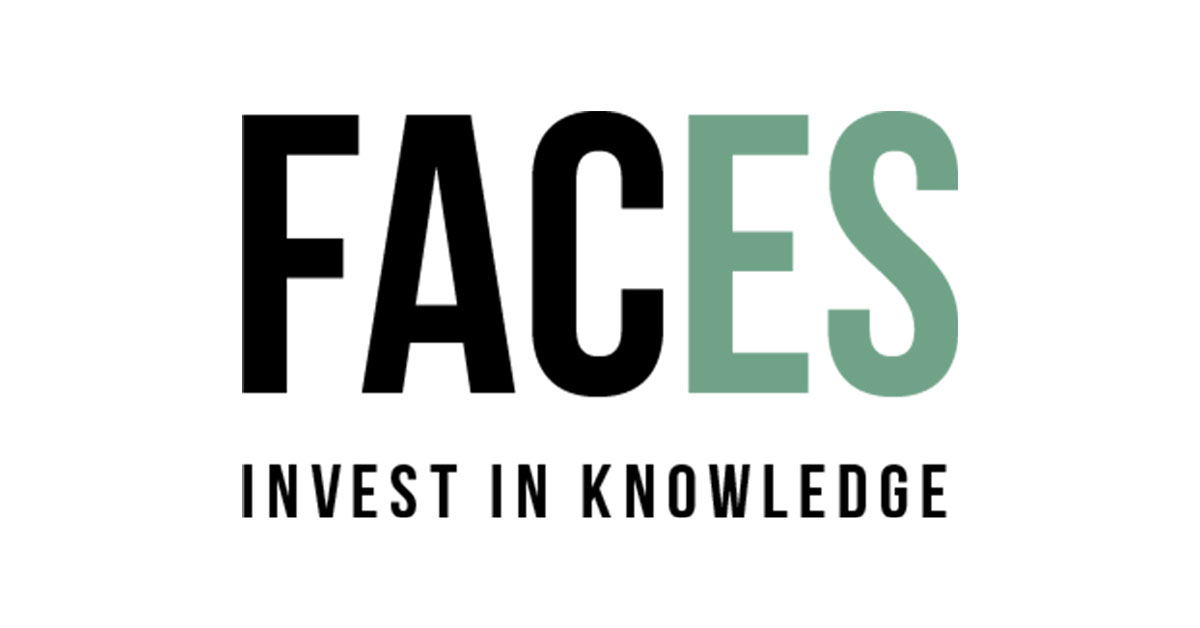'Developments in the field of sustainability are moving fast. Being part of that, helping clients get ready and making an impact, is something we are

Hiranand Purkait talks us through the development of accounting standards and how they have been shaped to embrace the nonprofit organizational structure of United Nations. These accounting practices are implemented first hand by Hiranand himself and are aimed at facilitating a transparent and effective reporting structure.
The evolution of accounting standards at The United Nations dates back to the early 1990’s. At that time, there were no international accounting standards for non-profit organizations. In the absence of such standards, the Panel of External Auditors to the United Nations recommended that The UN system develop its own accounting standards.
The General Assembly, in its decision 46/445 of 20 Dec 1991 requested the Secretary General to propose a set of accounting standards for common application to the UN system. In 1993, the Administrative Committee on Coordination approved the common inter-organization accounting standards. UNSAS was developed largely based on International Accounting Standards (IAS). However, the difference is that UNSAS is based on a modified accrual basis.
In 2004 the High Level Committee on Management (HLCM) approved the study of the future of UNSAS, recognizing these standards had not kept up with the latest developments in accounting matters. The study was to consider the desirability of moving from UNASAS to a set of external standards. The result of this study was a recommendation by the HLCM’s Task Force on Accounting Standards to adopt International Public Sector Accounting Standards (IPSAS).
IPSAS is developed by an independent standard setting board. This independence is seen as a vital component to the maintenance and enhancement of credibility, transparency and accountability of the financial processes within the United Nations.
IPSAS is based on full accrual accounting (as against UNSAS, which was on modified accrual basis) which is now the acceptable best practice world-wide. The result will be more timely and accurate reporting of costs related to the use of capital assets and employee benefits due to the shift in practices. All of which will result in better information for results based management.
In comparison to International Financial Reporting Standards (IFRS), which is more widely recognized and used, IPSAS is tailored better for the United Nations system organizations as IPSAS is developed for the public sector. Consequently we can improve the tracking of the non-commercial nature of the United Nations system activities.
All organizations of the UN system initially aimed to adopt IPSAS by the latest 2010 but the time frame was further extended. As of now, most of the organizations of the UN system have adopted IPSAS.
Adoption of IPSAS required activity on two levels – at the system-wide level and at the individual organization level. The system-wide project was responsible for developing the broad accounting policies to ensure consistency among UN system organizations. At the system-wide level, common implementation issues were addressed.
Primary responsibility for successful IPSAS adoption remains at the level of individual organizations. Each individual organization is responsible for attaining governing body approval, determining its individual budget and creating its project team, project plan etc. Additionally, each organization develops detailed accounting procedures based on the IPSAS compliant policies/guidance adopted at the system-wide level. Each individual organization is also responsible for the deployment of IPSAS training and to initiate the relevant changes to its IT system and it FR&R.
IPSAS adoption presented many challenges for accounting and financial reporting within UN organizations. IPSAS adoption requires:
– Changes to a full accrual basis under which all liabilities are recognized
– Changes to the basis of expense recognition (from cash outlays and obligations to ‘delivery’ for items under our capitalization threshold and to depreciation/amortization for PP&E and intangibles)
– Recognize: PP&E, inventories intangibles and have clean starting data and the related accounting processes in place for depreciation, impairment testing
– Recognize employee benefit liabilities. We have already recognized end of service and post retirement liabilities e.g. ASHI in our 31 December 2006 financial statements.
– Recognize a liability when funds are received or receivable for conditional funding agreements. This liability will need to be discharged and revenue recognized as performance is delivered. For amounts that are granted under unconditional arrangements, we will have to record an immediate expense
IPSAS 24 requires preparing a statement of reconciliation of expenses on an accrual basis (while the budgets are prepared on cash basis). The implications of moving to accrual budgeting will be reviewed however, currently the budget will continue to be on a cash basis and this means that reconciliation will need to be presented.
The new accounting policies and recommended accounting practices establish a broad theoretical framework with general concepts. There is a need for advanced IT tools to incorporate these concepts into practice for the recording of transactions and the preparation of financial reports. Thus, IPSAS adoption is closely linked to the implementation of the new ERP system and the two projects must work in close coordination.





















